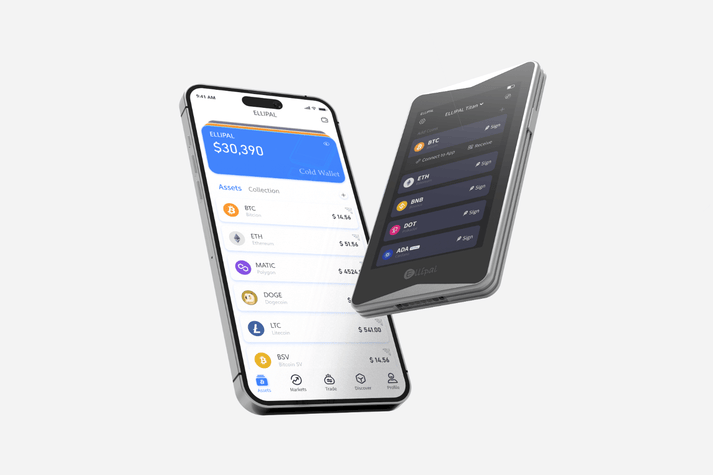In the rapidly evolving world of cryptocurrency, security remains a paramount concern for investors and users alike. One of the most effective methods to safeguard your digital assets is through a cold storage wallet. But what exactly is a cold storage wallet, and why is it essential for cryptocurrency security? This article delves into the intricacies of cold storage wallets, their benefits, and best practices for using them.

What is a Cold Storage Wallet?
A cold storage wallet refers to a type of cryptocurrency wallet that is not connected to the internet. This offline status makes it significantly less vulnerable to hacking attempts and cyber threats. Cold storage wallets can take various forms, including hardware wallets, paper wallets, and even air-gapped computers. By keeping your private keys offline, you ensure that your cryptocurrency remains secure from online vulnerabilities.
Benefits of Using a Cold Storage Wallet
There are several compelling reasons to consider using a cold storage wallet for your cryptocurrency holdings:
- Enhanced Security: Since cold storage wallets are offline, they are immune to online attacks, making them a safer option for long-term storage.
- Control Over Private Keys: Users maintain full control over their private keys, reducing reliance on third-party services.
- Protection Against Malware: Cold storage wallets are not susceptible to malware that can compromise online wallets.
- Long-Term Storage: Ideal for investors looking to hold their assets for an extended period without frequent transactions.
How to Use a Cold Storage Wallet
Using a cold storage wallet may seem daunting, but it is quite straightforward. Here are the essential steps to get started:
- Choose a reliable cold storage wallet, such as a hardware wallet like Ledger or Trezor.
- Follow the manufacturer's instructions to set up your wallet and generate a secure recovery phrase.
- Transfer your cryptocurrency from an online wallet to your cold storage wallet.
- Store your cold storage wallet in a safe and secure location, away from potential physical threats.
Best Practices for Cold Storage Wallets
To maximize the security of your cold storage wallet, consider the following best practices:
- Regularly update your wallet's firmware to protect against vulnerabilities.
- Keep multiple backups of your recovery phrase in different secure locations.
- Be cautious of phishing attempts and only use official websites for wallet management.
- Consider using a combination of cold and hot wallets for optimal flexibility and security.
Conclusion
In conclusion, a cold storage wallet is an indispensable tool for anyone serious about securing their cryptocurrency investments. By understanding how cold storage wallets work and implementing best practices, you can significantly reduce the risk of theft and loss. As the cryptocurrency landscape continues to grow, prioritizing security through cold storage will remain a critical component of responsible investing.














